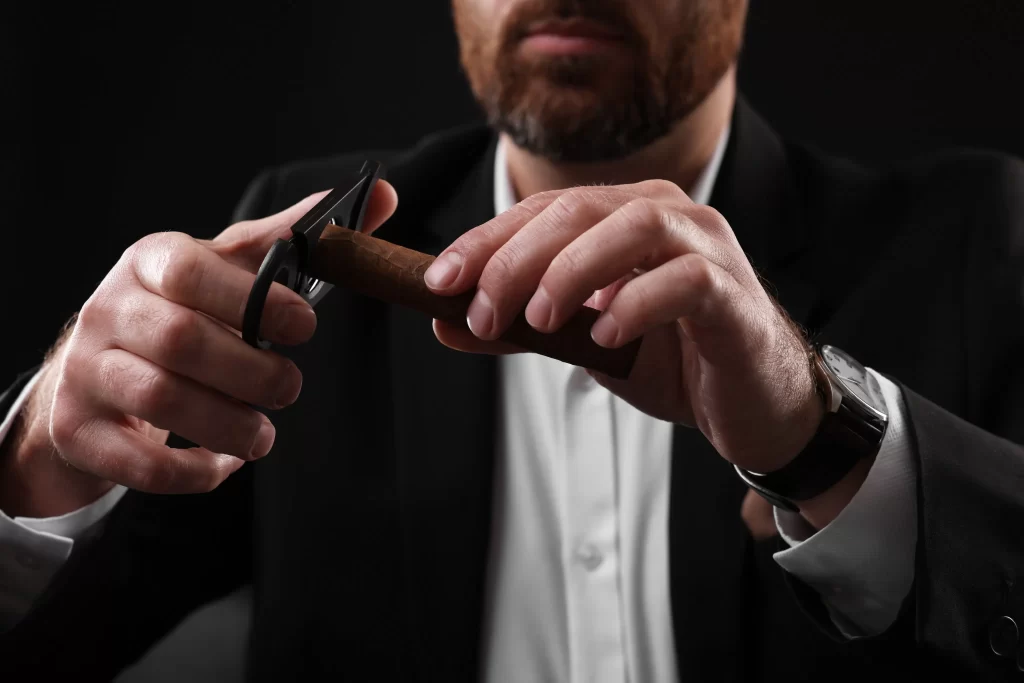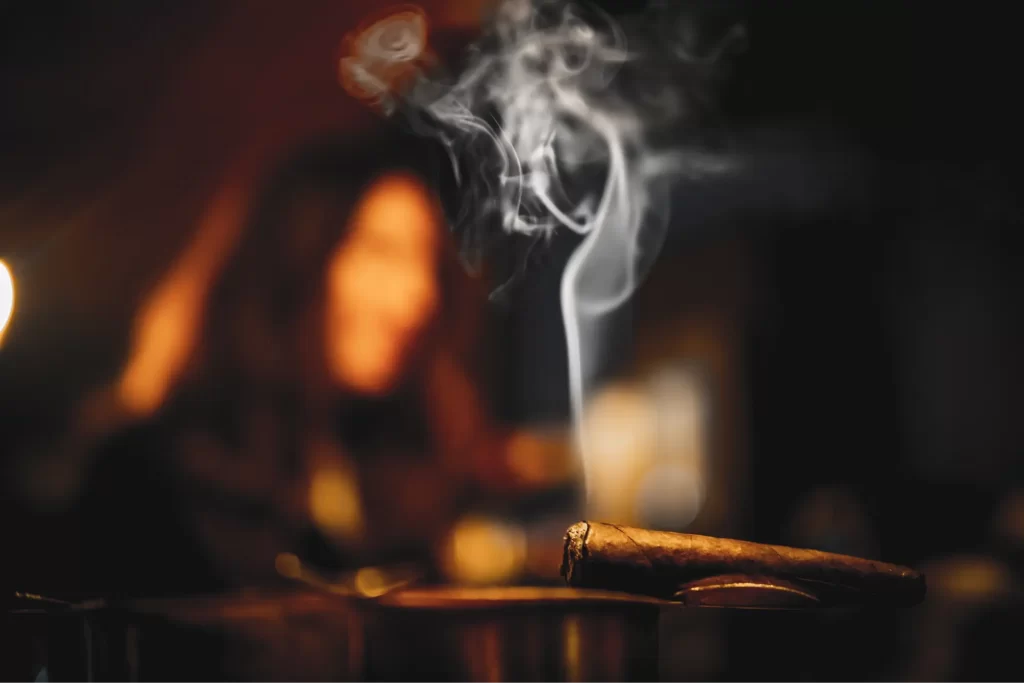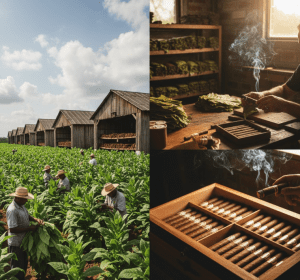When you light up a cigar, you’re not just indulging in a moment of relaxation; you’re embarking on a journey through a world of flavors and aromas. Tasting cigar notes can seem daunting, but it’s an adventure that adds depth to your smoking experience. Think of it as a treasure hunt for your taste buds. Ready to dive in? Let’s explore the intricate world of cigar tasting notes together.
Tasting cigars is much like tasting fine wine. Each puff brings a myriad of flavors and aromas, influenced by the tobacco’s origin, the curing process, and the cigar’s construction. The art of tasting cigars involves paying attention to these nuances and understanding what makes each cigar unique.
Understanding the basics about cigar notes
Before we delve into the specifics, it’s important to grasp the basics of cigar tasting. When you smoke a cigar, you experience three primary aspects: flavor, aroma, and strength. These elements are influenced by the tobacco blend, the cigar’s age, and how it’s been stored.
What to look for
Flavor: The primary tastes you’ll detect—sweet, salty, sour, bitter, and umami.
Aroma: The smell of the smoke, which can range from earthy to floral.
Strength: The cigar’s intensity, which can be mild, medium, or full-bodied.

The first third: Initial impressions
When you first light a cigar, the initial third is all about making first impressions. This is when you’ll experience the most distinct flavors.
Key Notes to Identify
Spices: Pepper, cinnamon, and clove are common.
Sweetness: You might detect notes of chocolate, caramel, or vanilla.
Earthiness: Think of flavors like coffee, leather, and wood.
The second third: Developing flavors
As you progress to the second third of your cigar, the flavors often become more complex. This is where the cigar’s true character begins to shine.
Developing Complexity
Transition: Flavors can evolve and become richer.
Balance: The blend of flavors should be harmonious.
New Notes: You may notice additional flavors like nuts, fruit, or herbs.
The final third: Full-bodied experience
In the final third, the flavors typically become the most intense. This is where the cigar delivers its full-bodied experience.
Intensified flavors
Fullness: Expect the flavors to be at their peak.
Strength: The cigar might feel stronger, both in flavor and nicotine content.
Concluding Notes: Often, the final third will have a concentrated version of the flavors experienced earlier.
Common flavor notes in cigars
Understanding common flavor notes can help you better describe and enjoy your cigar. Here are some typical flavors you might encounter:
Spicy: Pepper, cinnamon, nutmeg.
Sweet: Chocolate, caramel, vanilla.
Earthy: Coffee, leather, wood.
Nutty: Almond, walnut, cashew.
Fruity: Citrus, berry, dried fruit.

The role of aroma
Aroma plays a crucial role in the cigar-tasting experience. It enhances the flavor and adds depth to the overall experience.
Enhancing the Experience
Retrohaling: Exhaling smoke through your nose can reveal new aromas.
Room Note: The smell of the smoke lingering in the room can also add to the enjoyment.
The influence of wrapper, binder, and filler
The construction of a cigar significantly impacts its flavor profile. The wrapper, binder, and filler each contribute unique characteristics.
Wrapper
Impact: Often the most influential in terms of flavor.
Types: Common wrappers include Connecticut, Maduro, and Habano.
Binder and Filler
Binder: Holds the filler together, usually neutral in flavor.
Filler: The blend of tobaccos inside, which can vary widely in flavor.
Pairing cigars with beverages

Pairing your cigar with the right beverage can enhance the tasting experience. Here are some popular pairings:
Popular Pairings
Whiskey: Complements the cigar’s smokiness and richness.
Coffee: Enhances earthy and nutty notes.
Wine: Pairs well with the sweetness and spice of many cigars.
Rum: Brings out the cigar’s natural sweetness.
Tips for enhancing your tasting experience
Enhancing your cigar-tasting experience can make it more enjoyable and memorable. Here are some tips to consider:
Practical Tips
Take Your Time: Enjoy your cigar slowly to fully appreciate the flavors.
Proper Storage: Keep your cigars in a humidor to maintain their quality.
Stay Hydrated: Drink water to cleanse your palate between puffs.
Use a Journal: Keep track of your experiences and flavor notes.
Tasting cigars is an art that enhances your appreciation for this time-honored tradition. By understanding the different flavors, aromas, and elements that contribute to a cigar’s profile, you can elevate your smoking experience. So next time you light up, take a moment to savor the journey and enjoy the rich tapestry of tastes that each cigar has to offer.
Visit our web site laaurora.com to see all the cigars that we have for you

Frequently asked questions
1. What is retrohaling and why is it important?
Retrohaling is the process of exhaling smoke through your nose. It can reveal new flavors and aromas, enhancing the overall tasting experience.
2. How do I choose a cigar that matches my flavor preferences?
Start with a mild cigar and take note of the flavors you enjoy. Gradually explore different types and strengths to discover what you prefer.
3. Can I enhance my cigar-tasting experience with food?
Yes, pairing cigars with certain foods like chocolate, nuts, or cheese can complement and enhance the flavors of your cigar.
4. How should I store my cigars to maintain their flavor?
Store your cigars in a humidor with a stable humidity level of around 70% to keep them fresh and preserve their flavors.
5. What should I do if I don’t like the flavors of a cigar?
Don’t be afraid to try different cigars. The world of cigars is vast, and finding the right one for your palate can take some experimentation.


